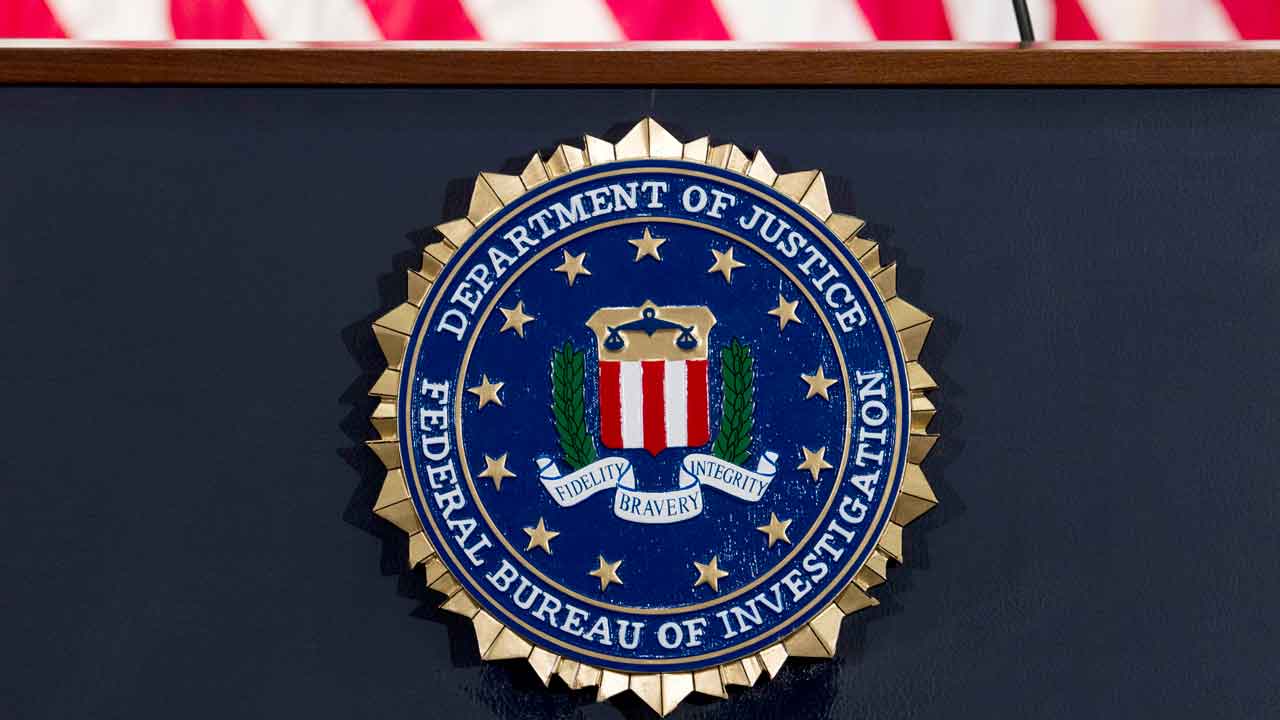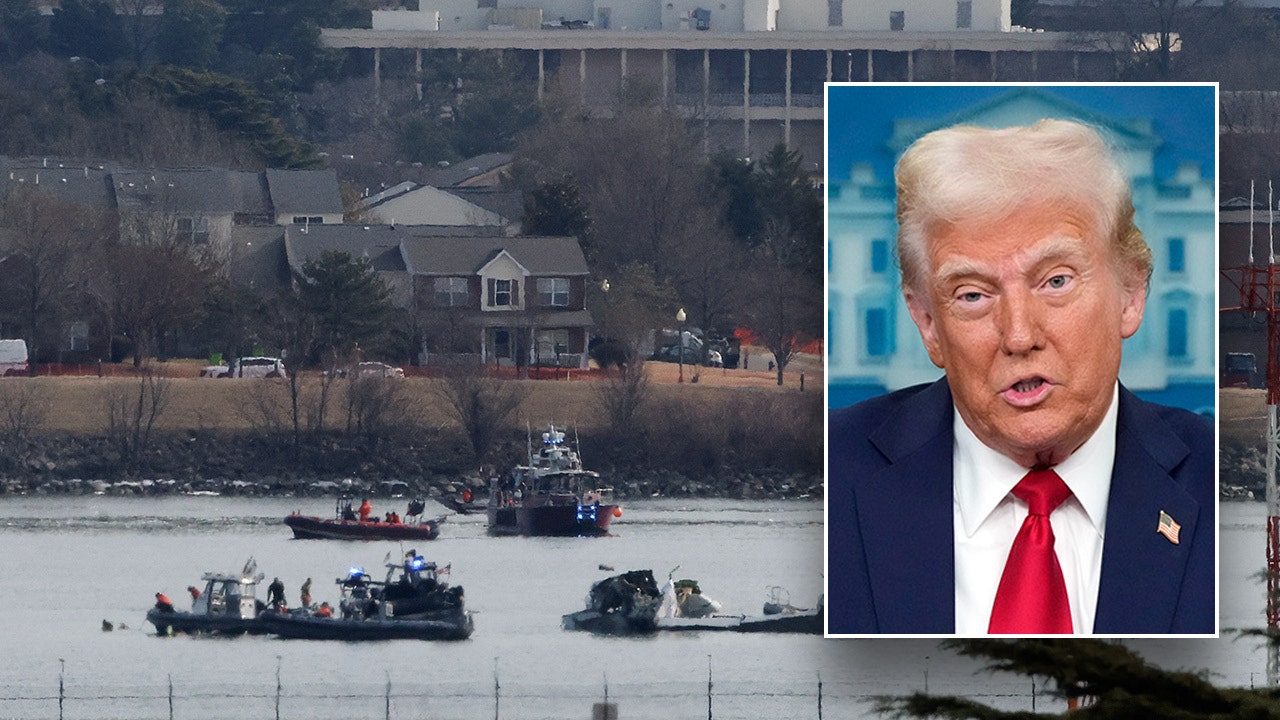A long-range missile system, armored vehicles, a ground-based air defense system, and now tanks.
Almost a year after Russia invaded Ukraine, Britain is deploying a squadron of 14 Challenger 2 tanks to Ukraine, complementing a suite of modern weapons that Western allies have deployed to Kyiv.
A few months ago, such assistance was considered taboo for fear that it could prompt Russia to escalate the war. But while Ukraine has stuck to its demands for weapons and made strides on the battlefield, its allies have met more and more of their demands.
“They have finally accepted that unless they step in with even more resources to hasten a Ukrainian victory, this is going to be a long war,” said Mick Ryan, a military strategist and retired Australian Army major general and fellow at the Lowy Institute . a research institute.
NATO Secretary General Jens Stoltenberg said following Britain’s commitment to heavy hardware “I expect more in the near future,” they say an interview published with the German newspaper Handelsblatt on Sunday.
British Prime Minister Rishi Sunak is leading the push, urging the United States, Canada and Europe to accelerate support for Ukraine. It was a critical moment in the war, his office said, as Russia fell behind on the battlefield due to supply problems and falling morale.
“As the people of Ukraine approach their second year of living under relentless Russian bombardment, the Prime Minister is committed to Ukraine winning this war,” a Downing Street spokesman said said in a statement on Saturday, adding Mr Sunak believes “a long and static war only serves Russia’s goals”.
Mr Sunak said Ukraine’s allies should provide all the diplomatic and military assistance they wanted to give Ukraine as soon as possible this year. The UK has announced that in 2023 it aims to match or surpass the aid it provided to Ukraine last year.
Kyiv has advocated Western tanks almost since the beginning of the war to complement the Soviet and Russian-made tanks held in Ukraine’s stockpiles or supplied by other countries in Eastern Europe. These tanks wear out quickly after months of fighting.
It was expected that Britain’s announcement would increase pressure on Germany to commit to sending its coveted Leopard 2 tanks to Ukraine, or at least allow other European countries that have these German-made tanks to ship them to deliver to Ukraine. The Polish government said this week that it wanted to give Ukraine some of its German-made tanks, although Berlin would have to allow it.
This week, British Foreign Secretary James Cleverly will visit the United States and Canada to discuss how the three nations can coordinate even more closely on sanctions against Russia and military aid to Kyiv. Defense Secretary Ben Wallace will travel to Estonia and Germany to meet with NATO members and other allies.
British officials and commentators have largely welcomed Mr Sunak’s decision.
“It’s very late in the day,” Tobias Ellwood, chairman of Britain’s Defense Select Committee, told the BBC. “But we’re becoming bolder, risking fewer backlashes — less fear of Putin’s rhetoric that any serious Western involvement could have repercussions.”
Mr Sunak’s office said the tanks would enter the country in the coming weeks, adding that further shipments of arms and ammunition are expected.
Britain will begin training Ukrainian forces to use the tanks and guns in the coming days, the prime minister’s office said as part of a broader effort that has seen thousands of Ukrainian troops being trained in Britain over the past six months. Mr Wallace, the defense secretary, is due to give further details on Britain’s support for Ukraine in the House of Commons on Monday.
Russia has downplayed the importance of the new equipment. Kremlin spokesman Dmitry S. Peskov said Monday that Western armored vehicles “cannot change anything” on the battlefield. “These tanks are burning well and will continue to burn,” he said, according to the state-owned company News Agency Tass.
Lara Jake, Isabella Kwai, Stephen Burg and Ben Hubbard contributed reporting.





